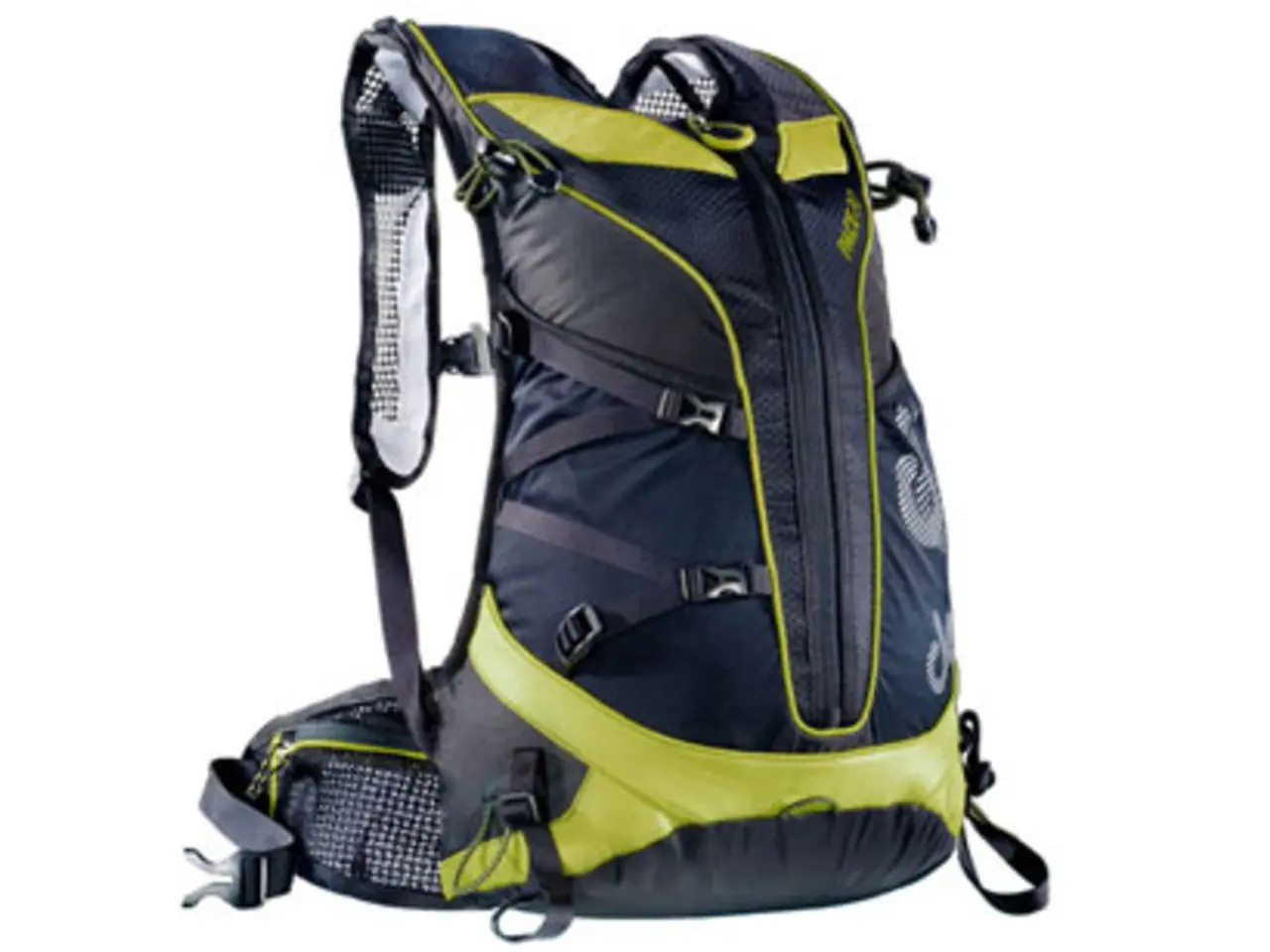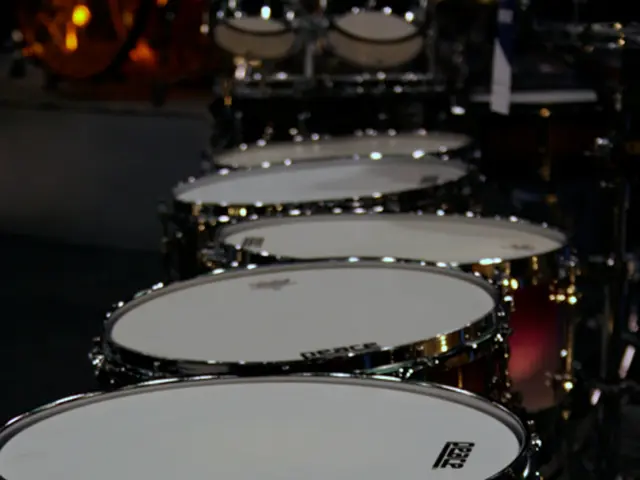Understanding If Workouts Should be Performed During Heatwave Conditions
As the summer heat sets in, it's crucial to be aware of the risks posed by high temperatures and humidity. Prolonged exposure can lead to a range of heat-related illnesses, some of which can be life-threatening, especially for vulnerable groups such as the elderly and those with pre-existing conditions.
Heatstroke, a potentially fatal condition, is one such illness. Symptoms include a temperature of 103 degrees or higher, hot, red or dry skin, feeling disoriented or confused, dizziness, rapid pulse and breathing, and fainting. If you suspect someone is suffering from heatstroke, seek emergency medical care immediately.
Heatstroke is the most severe form of heat illness, but heat exhaustion is a more common and potentially dangerous condition. Symptoms include heavy sweating, weakness, cold, pale, and clammy skin, a fast, weak pulse, nausea or vomiting, and fainting. If left untreated, heat exhaustion can lead to heatstroke.
Heat cramps are the first sign of overdoing it in the heat. To manage heat cramps, it's essential to stop exercising, move to a cooler area, stretch and massage affected muscles, drink water or an electrolyte drink, and avoid caffeine or alcohol. If heat cramps don't go away after an hour, particularly for those with heart problems, seek medical help.
Preventing heat-related illnesses begins with staying hydrated. Drinking plenty of fluids and taking frequent breaks from the heat can help prevent heat exhaustion. When working out in warmer months, it's recommended to drink water or electrolyte drinks every 15 minutes, even if not thirsty. Aim for 2 to 4 cups (16 to 32 ounces) of fluids each hour.
Young children and older adults are more susceptible to heat illness. To stay safe, consider engaging in different activities like biking or swimming to stay cool. The best time to exercise outdoors in warmer months is before 9 a.m. or after 7 p.m. If the temperature is 80 degrees or higher and the humidity is above 80%, take your workout inside.
In hot temperatures, the body sweats to cool down. However, working out in the heat puts extra stress on the body as it works harder to cool down. Consider reducing intensity or making workouts shorter.
If you're driving a person with heatstroke to the emergency room, use cold compresses and air conditioning to cool them down in the vehicle. If you notice a loved one is not acting right, they may be developing heatstroke. Get them out of the heat immediately. If symptoms continue or they continue to act confused, take them to the emergency room right away.
Staying safe in the heat is about being aware, staying hydrated, and taking precautions. By understanding the risks and taking steps to prevent heat-related illnesses, you can enjoy the summer months safely.
Read also:
- Peptide YY (PYY): Exploring its Role in Appetite Suppression, Intestinal Health, and Cognitive Links
- Toddler Health: Rotavirus Signs, Origins, and Potential Complications
- Digestive issues and heart discomfort: Root causes and associated health conditions
- House Infernos: Deadly Hazards Surpassing the Flames








